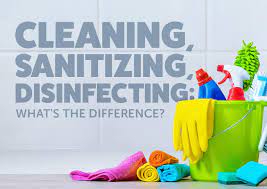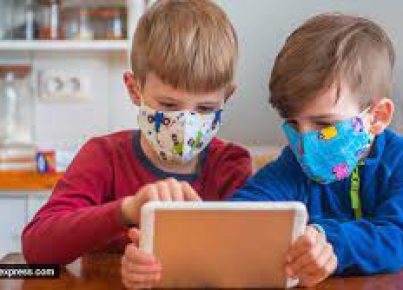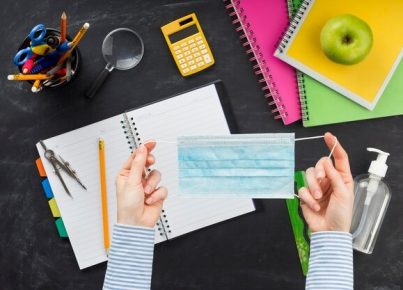Introduction
As the world continues to grapple with the COVID-19 pandemic, maintaining safe and healthy environments has become a top priority, particularly in schools. In an effort to minimize the spread of viruses and bacteria, it is essential to understand the differences between cleaning, disinfecting, and sanitizing. This article will explore these distinctions and provide insights into their specific roles in promoting a safe learning environment during these challenging times.
Cleaning: Removing Dirt and Debris
Cleaning is a process that involves removing dirt, dust, and debris from surfaces using water, soap, and mechanical action. The primary objective of cleaning is to remove visible dirt and reduce the overall amount of germs on surfaces. While cleaning does not kill all germs, it can help lower their numbers and decrease their ability to spread diseases.
Disinfecting: Killing Germs on Surfaces
Disinfecting involves using chemicals specifically designed to kill germs on surfaces or objects. Disinfectants can destroy pathogens such as bacteria, fungi, or viruses like COVID-19 when used correctly. It is important to note that disinfecting does not necessarily clean dirty surfaces or remove germs; rather, it kills them by disrupting their structure or function. Thus, disinfection should be carried out after cleaning for optimal efficacy.
Sanitizing: Reducing Germs to Safe Levels
Sanitizing refers to reducing the number of germs on a surface to levels considered safe by public health standards. In some cases, sanitizing methods may involve both cleaning and disinfecting procedures. For instance, a solution containing both detergents and disinfectants could be used to achieve a thorough clean followed by a reduction of germs.
The Importance of Combined Efforts in Schools
Maintaining stringent cleanliness standards in schools is essential to protect students, faculty, and staff from illnesses and infections. Implementing a combination of cleaning, disinfecting, and sanitizing methods can help minimize the risk of disease transmission.
Tasked with ensuring cleanliness in common areas (such as classrooms, restrooms, and cafeterias) as well as individual learning materials and supplies, school administrators should establish a consistent schedule for various cleaning tasks.
For instance, cleaning should be conducted on a daily basis to eliminate dirt and debris while more frequent disinfection should be applied to high-touch surfaces like doorknobs, light switches, desks, and tables. Finally, sanitizing should be performed after each use on items such as shared toys or communal devices like classroom tablets.
Conclusion
Understanding the distinctions between cleaning, disinfecting, and sanitizing is crucial in maintaining a safe and healthy learning environment for students. By incorporating these methods in tandem with each other in schools, administrators can effectively limit the spread of germs and protect the well-being of all individuals on campus.





